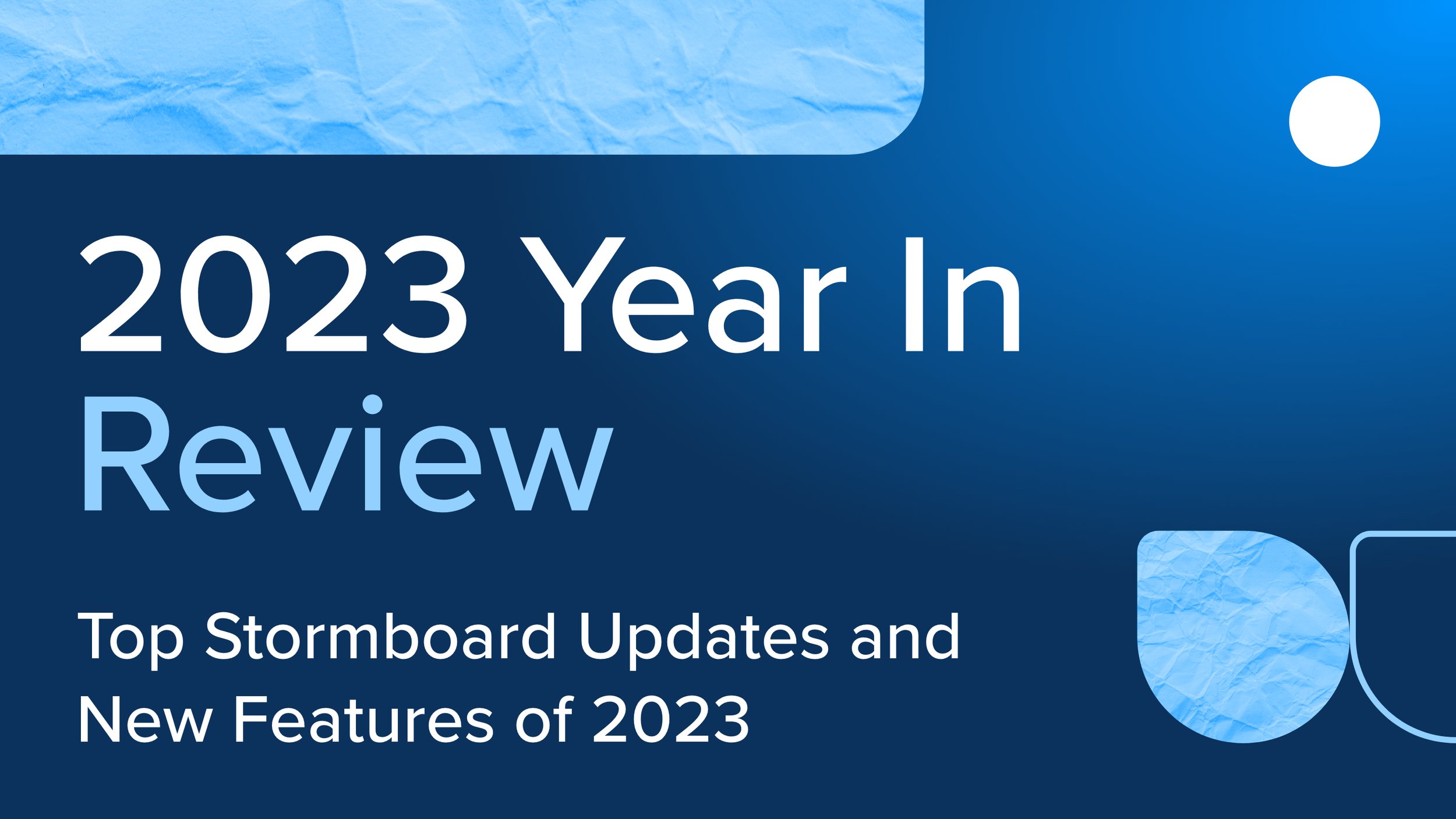Meetings are Better When Everyone Can Speak Up
The general consensus is that meetings aren’t effective, especially if they’re repetitive and lack purpose. Here’s a little insight into why that’s true and what you can do about it.
The average office worker spends approximately four hours a week in internal meetings. 50% of those people consider these meetings to be the biggest cause of unproductive days. The average person doesn’t take much away from these meetings as 91% admit to daydreaming in meetings, 60% take notes just to appear busy, and almost 40% of people surveyed have admitted to occasionally falling asleep. Participants are not engaged, agendas and meeting goals are not being met and information is not being retained.
Stormboard has been designed to make meetings more engaging by replacing the one to many format (one person talks, everyone else falls asleep) with a many to many format where everyone can contribute and be heard. By doing this we hope to change how everyone feels about meetings.
So how (and why) do you implement Stormboard for internal, face to face meetings?
Examine whether having a meeting is actually the best approach. Is there a specific issue that needs to be discussed? A goal you’re looking to meet?
If you’ve asked yourself all these questions and you’re starting to realize why your meetings aren’t working, try a non-meeting information sharing space in the form of a storm (you could use a whiteboard and sticky notes too, but who wants to transcribe that?). Present a question or goal to your team and let them add their thoughts in the form of sticky notes for a day, or maybe a week. This allows your team to come up with ideas in a low-pressure environment and add their thoughts when it suits them.
Once the ideas have been collected from your team you have two options: Get everyone in the same room to discuss the ideas or continue the discussion in Stormboard.
If you choose a face to face meeting the chances are that you’ll find it much more useful, as everyone has had a chance to think through the topic at hand, write down their own thoughts, and read the thoughts of other team members. People retain information better when they have written and/or read it, as it accesses spatial memory, rather than just auditory.
When you enter the meeting you can use Stormboard to access the ideas that have been presented in written form already. Make sure everyone has a device to access your storm so you can record what’s being talked about. Have a discussion around each idea, vote on them if necessary, and then move on to creating an action plan. Tasks can even be assigned to participants by @mentioning them on the sticky note that requires their attention.
If you’ve created an action plan within your storm it will be easy for your entire team to see what needs to be accomplished post-meeting. You shouldn’t have to wonder why the ball got dropped after a meeting when responsibilities and tasks are clearly laid out where everyone can see them.
Is it time to shake up how you do meetings? If you’re not sure how to get started, just let us know and we’ll guide you through how a meeting on Stormboard might look for you.









